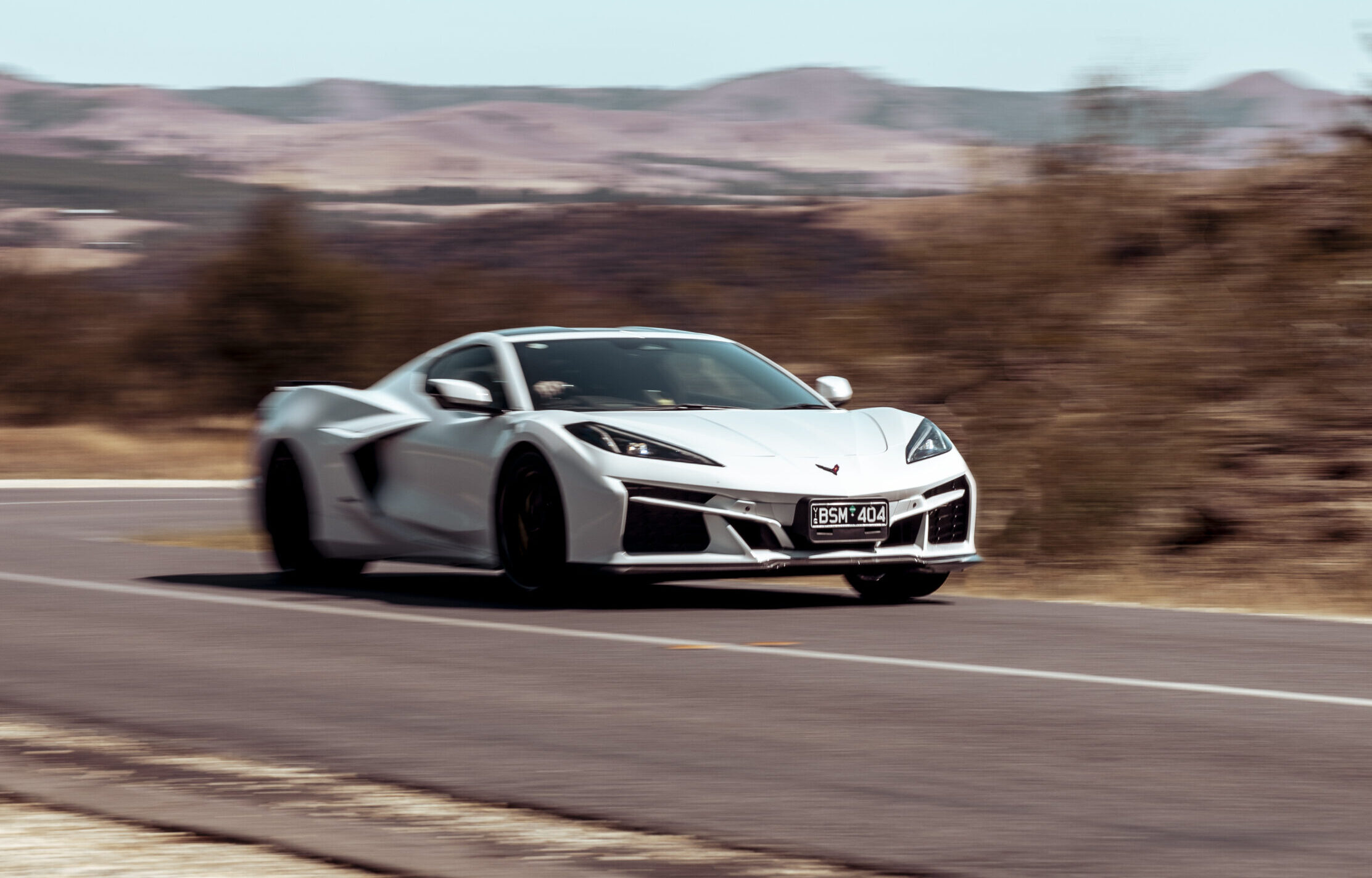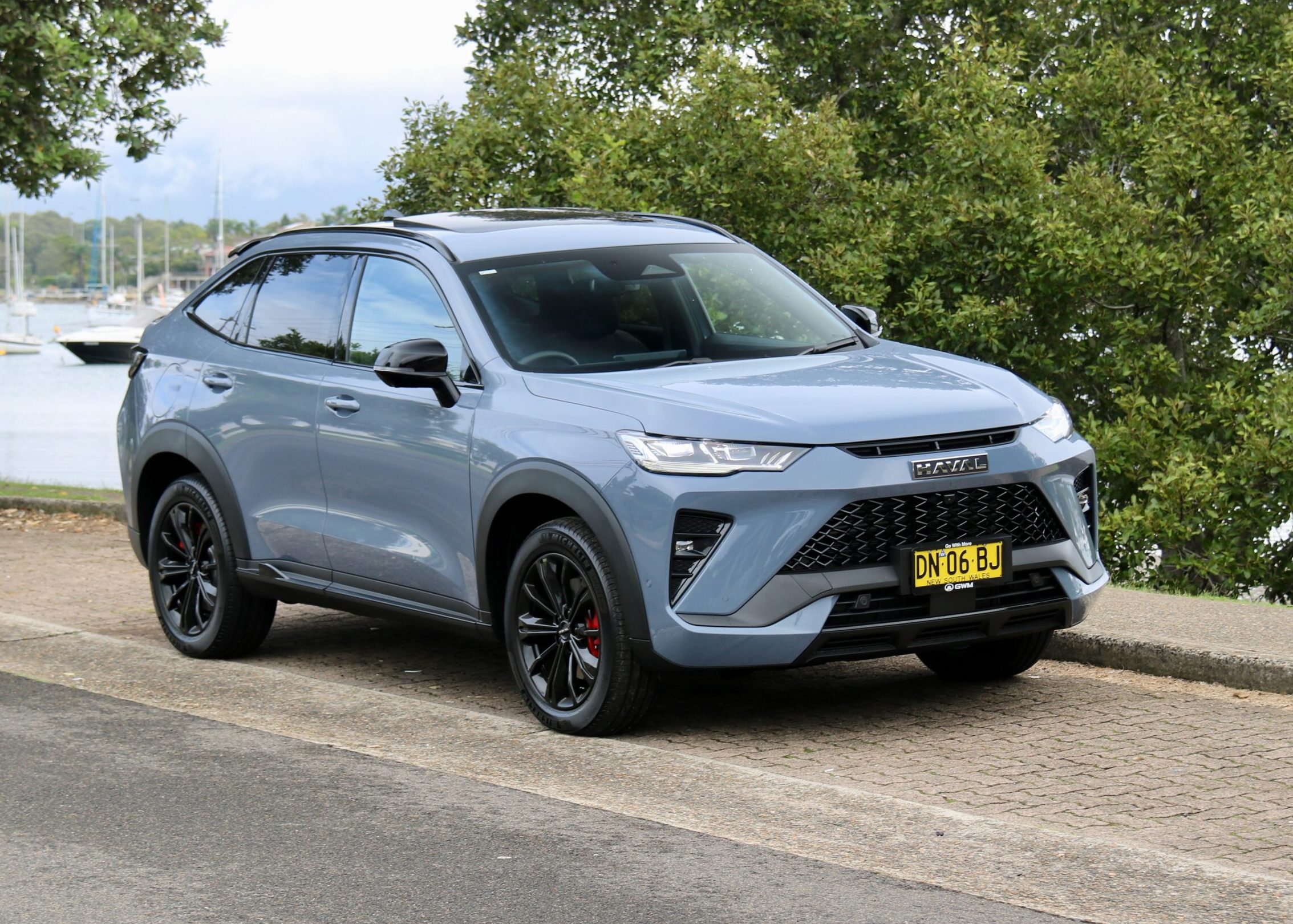WHAT IS IT?
One of 25 brand-new DB4 GTs assembled by Aston Martin, wearing a staggering A$2.6m price tag. Each one is built to Lightweight spec, meaning an aluminium floorpan and bulkheads with holes drilled to save more weight, and non-essential fripperies deleted. Two of them are coming to Oz.
WHY WE’RE DRIVING IT
You don’t turn down an opportunity like this.
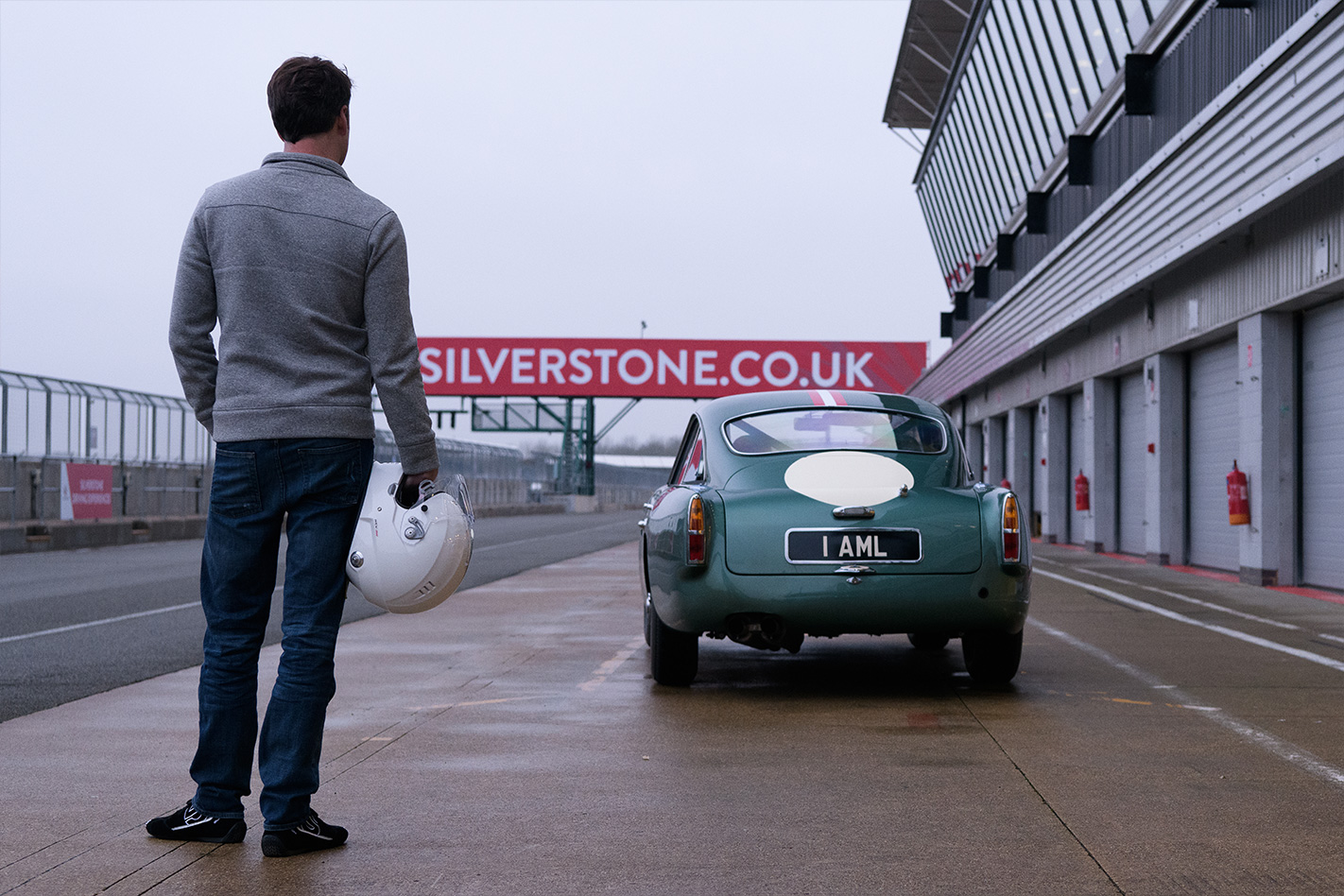
The DB4 GT Continuation cars evoke the earliest phase of Aston Martin DB4 production, cars distinguished by their ‘cathedral’ rear lights and a high-set air intake on the bonnet. It’s utterly special and incredibly beautiful.
PLUS: Time-warp attention to detail, heritage, exclusivity MINUS: Price, but they’re all sold anyway
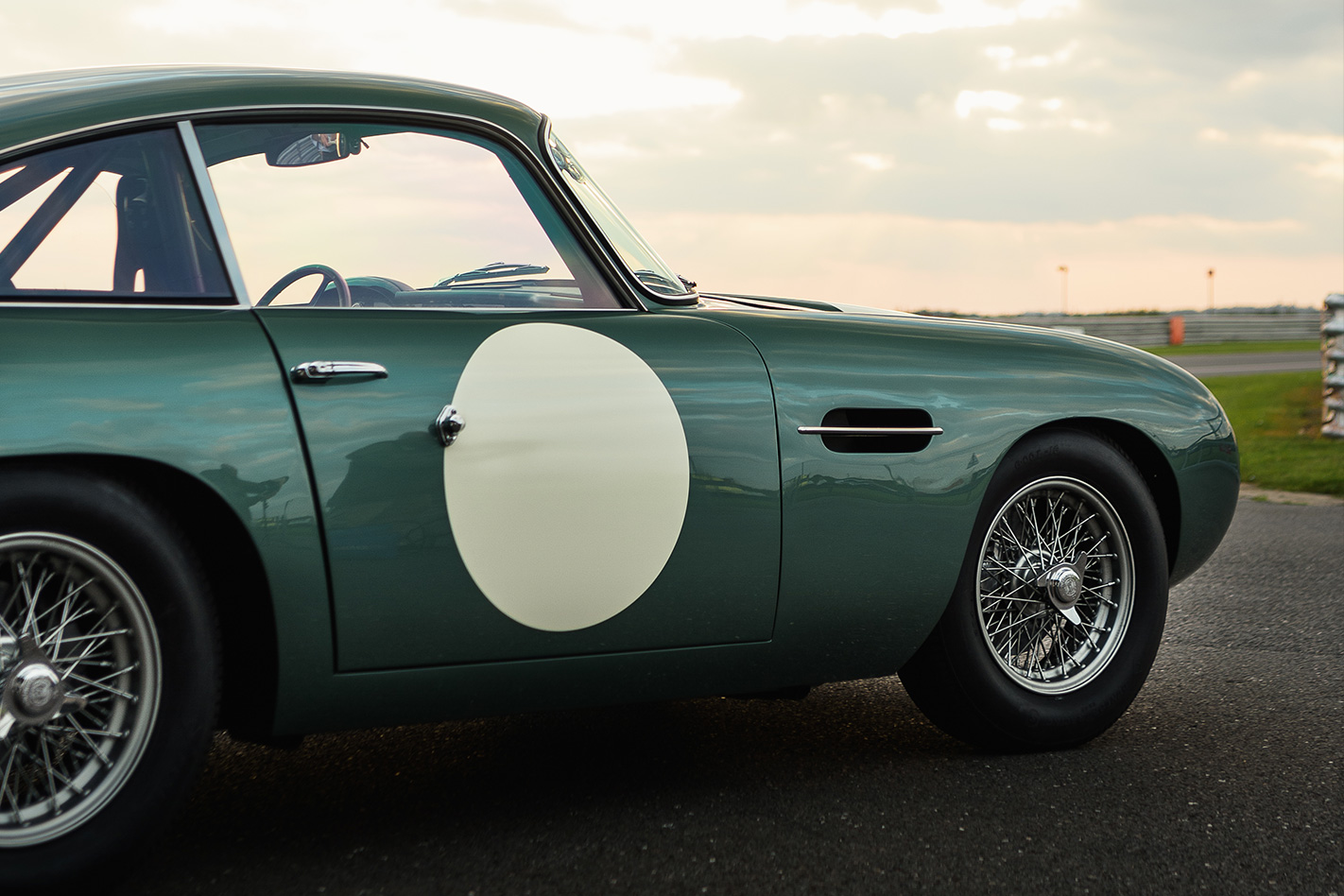
IN 1959, Stirling Moss drove an Aston Martin DB4 GT to victory on its race debut at Silverstone. Today, I feel like I’m stepping back in time as I head out onto Silverstone in a brand new DB4 GT – an official ‘continuation’ of the original produced by Aston.
Built at Newport Pagnell like the originals, 25 are being hand-crafted, and all are sold despite an asking price of A$2.6m and a caveat that you can’t actually drive this DB4 GT on a road. Two are heading to Australia.
Just 75 original DB4 GTs were produced through to 1963. They took the regular DB4, chopped 13cm from its wheelbase to save 85kg and increase agility, and added a twin-plug cylinder head to the straight six.

‘It was a very hard project, because the original car already exists,’ explains program manager Simon Hatfield. ‘You’re trying to replicate it perfectly, but you don’t have all the information required.’
The answer was to digitally scan ‘eight or nine’ original cars and pore over 450 drawings. The attention to detail is obsessive – the 1.2mm aluminium panels are the exact gauge of the originals, despite the panel-beaters pleading for a thicker gauge that would’ve been easier to hand-work. The original supplier of the door locks still had the tooling and re-started production; Borani re-produced the same 16-inch wheels.
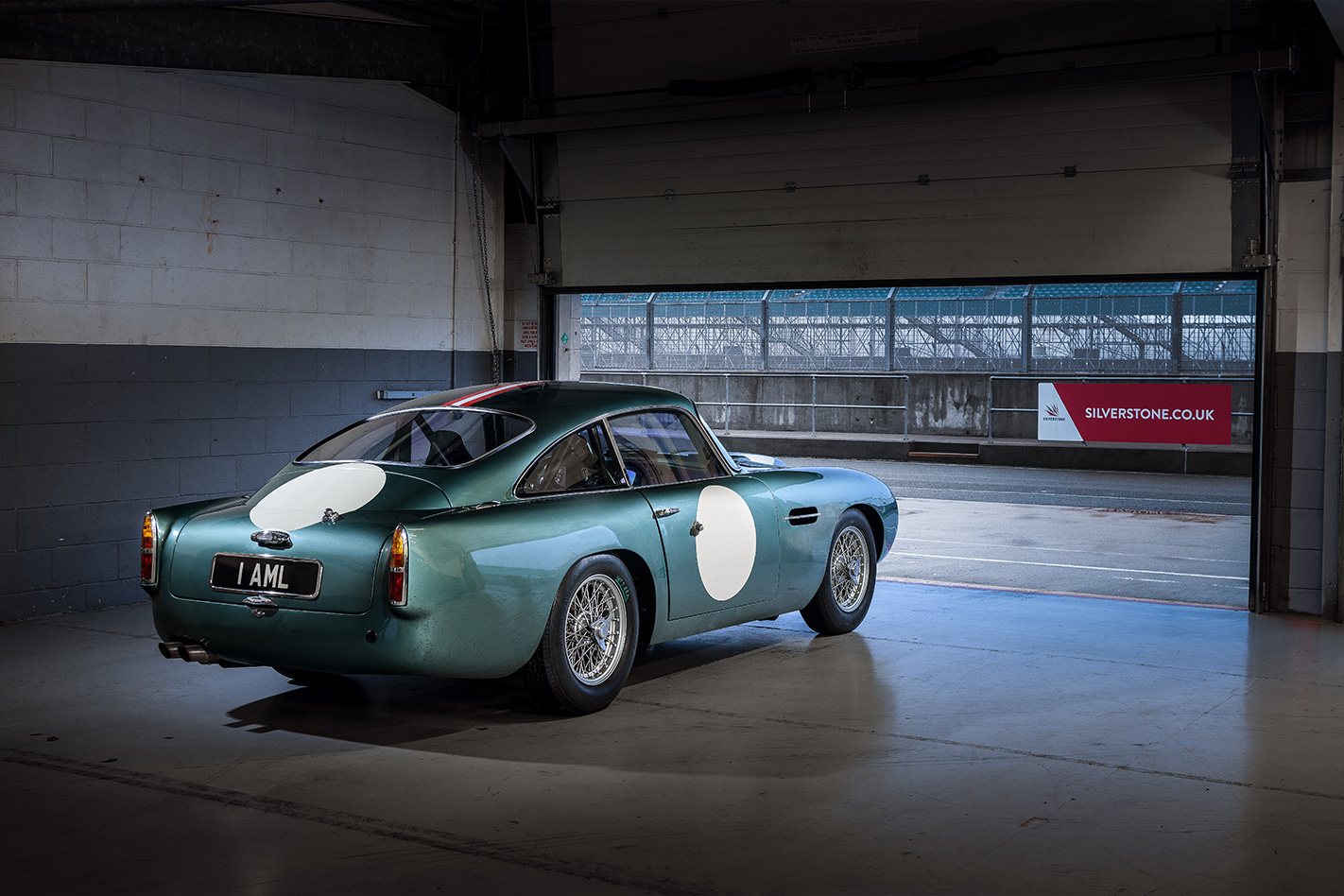
With just 1260kg and healthy performance, though, the rear cross-ply tyres spin easily on the slick surface, so it feels natural to pull for fourth early on corner-exit and use the torque to haul down the next straight. Even then, performance feels keen, the deep bellow through triple Webers at lower revs rising to a sonorous howl as the rev needle jumps round the gauge in period-accurate spasms.
While the DB4 GT continuation is extremely faithful to the original, it has been upgraded. The roll-cage is built to modern FIA standards, so too the fuel tank and bucket seats. The engine is around 40bhp healthier at 340bhp thanks in part to a capacity increase to 4.2 litres, and the gearbox uses more durable straight-cut gears that whine noisily but evocatively. Modern brake-pad material shortens stopping distances, and the suspension is rose-jointed for a more precise feel.
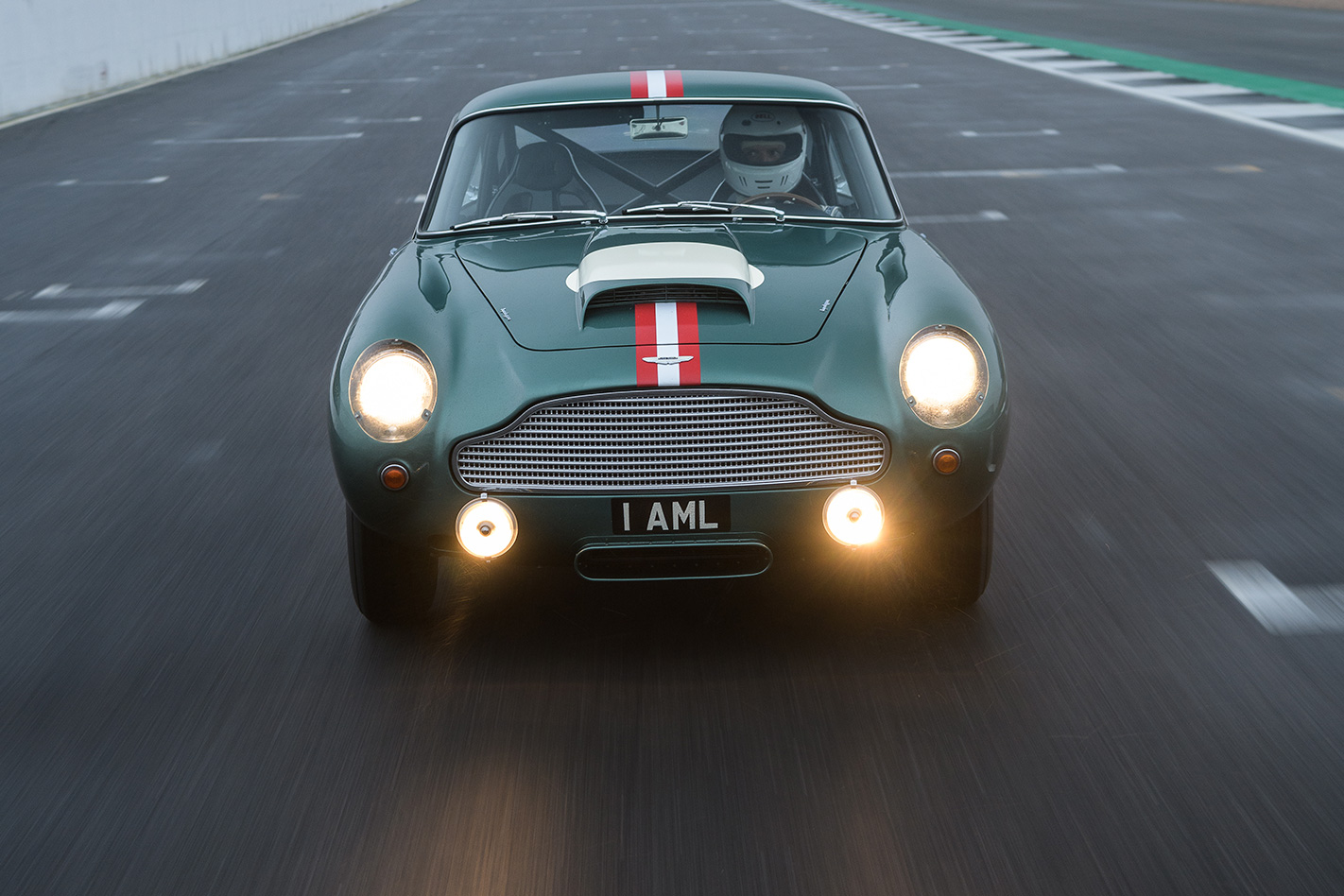
In fact, the strong brakes and adjustable chassis provide plenty of get-out-of-jail options. Steam in too quickly and you’ll feel the DB4 GT push progressively into understeer, but it’s controllable and a lift off the throttle helps it slip gently into oversteer, giving you a chance of making the apex.
After a few laps, Moss would’ve already been in the distance, and I want to stay out, master the technique, get a little closer to his imaginary ghost car. But just following in Moss’s tyre tracks half a century after he first proved the DB4 GT was a contender has been plenty special enough.
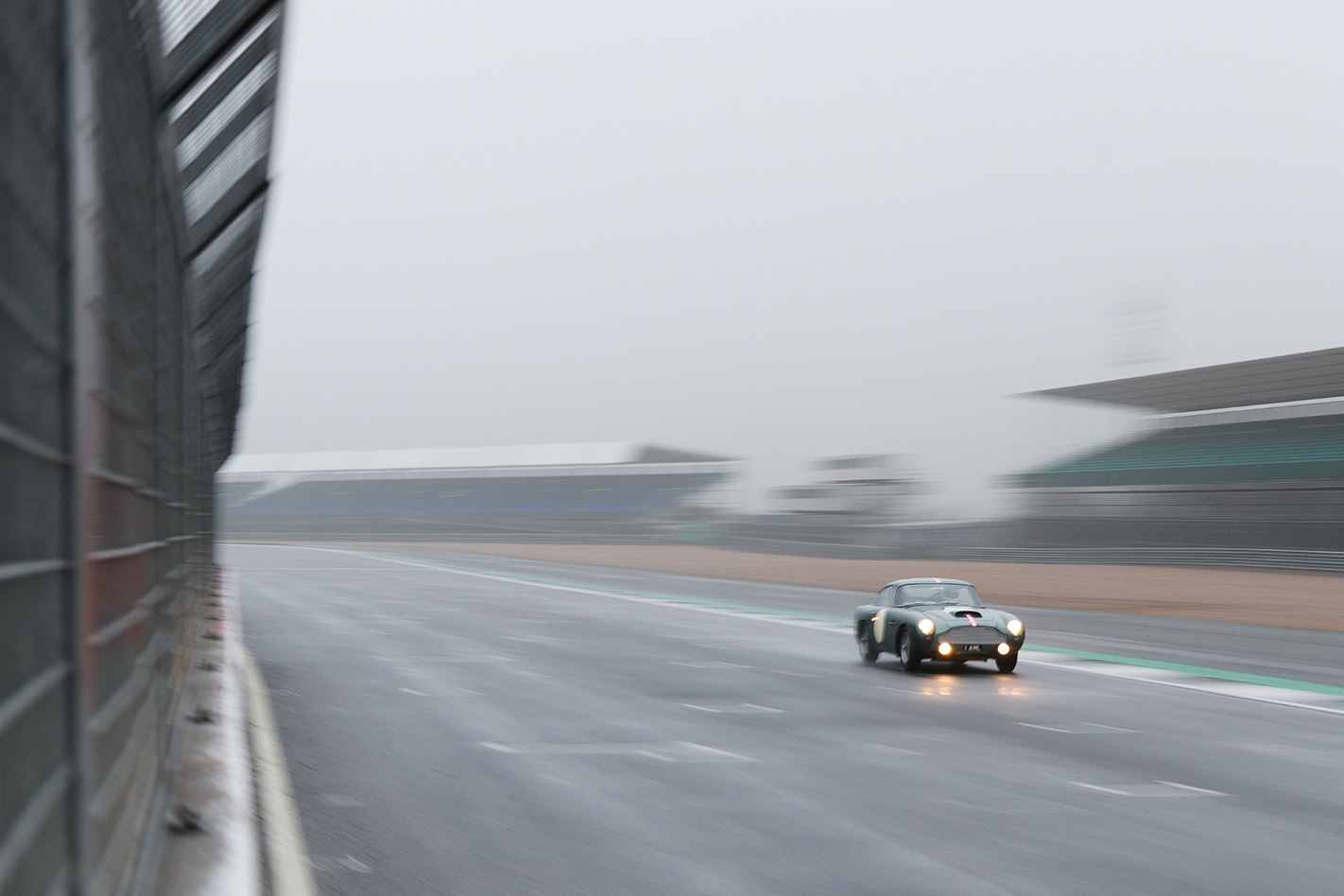
Model: Aston Martin DB4 GT Continuation Engine: 4211cc straight six, dohc, 12v Max power: 254kW @ 6000rpm Max torque: Unknown Transmission: 4-speed manual Weight: 1260kg 0-100km/h: Untested Fuel economy: Irrelevant Price: £1.5m (approx. A$2.6m)




